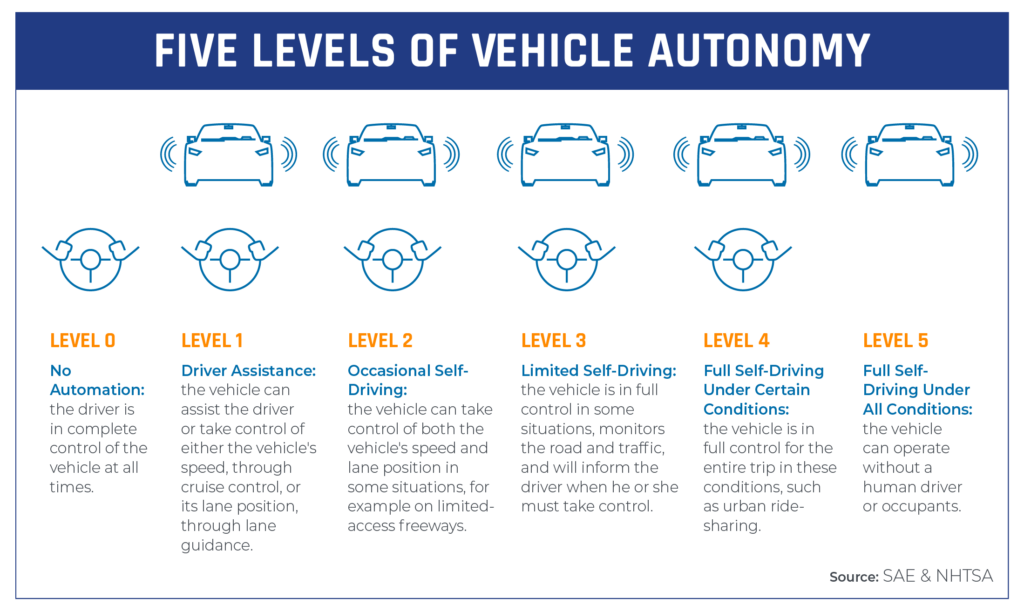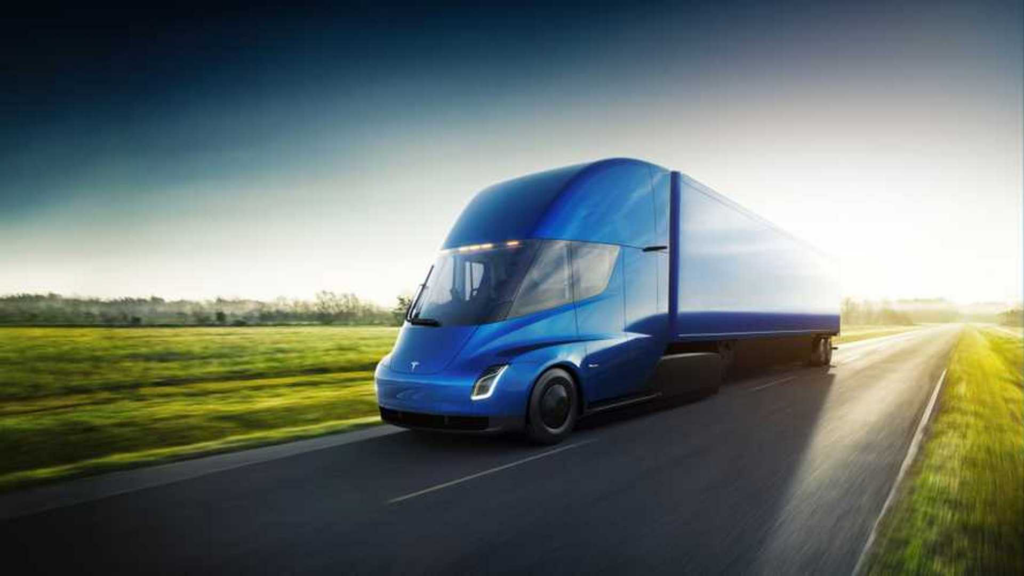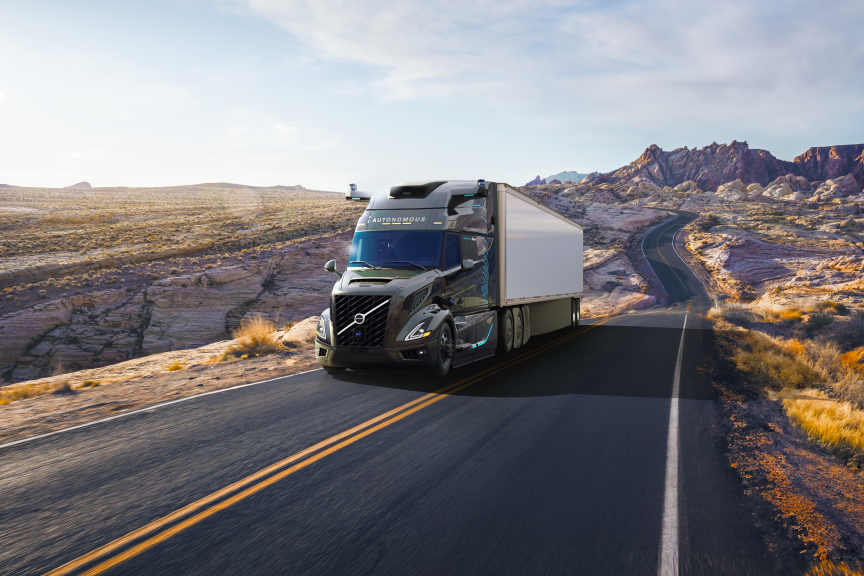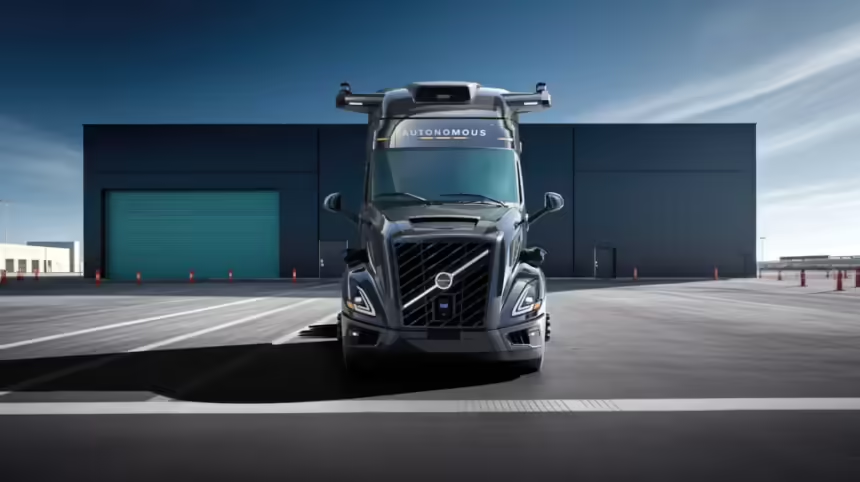Volvo, the legendary safety vehicle manufacturer, has unveiled its latest innovation in the trucking industry, the VNL Autonomous, at the ACT Expo trade show. This new Class 8 truck developed in collaboration with Aurora is designed to enhance logistics through autonomous driving technology. Champions of autonomous driving systems claim its potential to increase safety, efficiency, and sustainability.
What’s Happening & Why This Matters
The VNL Autonomous is built for SAE level 4 autonomy. This means it can operate without human intervention under specific conditions. L4 autonomy is made possible by integrating long-range Lidar, radar, cameras, and a suite of other sensors. Data from these sensors is processed by two redundant computers running Aurora’s AI software, ensuring high levels of safety and reliability. Aurora and Volvo have been collaborating for years to develop driverless freight systems suitable for the North American market. Their efforts culminated in this fully autonomous truck that has already logged over 1.5 million miles on public roads and billions of miles in simulated environments.
Volvo’s approach prioritizes safety through high-assurance redundancy systems. According to Shahkh Kazmi, Chief Product Officer at Volvo Autonomous Solutions, every safety-critical component in the VNL Autonomous is intentionally duplicated to mitigate potential emergency situations. Sterling Anderson, co-founder and Chief Product Officer at Aurora, emphasized that this truck combines Aurora’s leading self-driving technology with Volvo’s premium truck design. This makes it an attractive option for transport providers looking to enhance and expand their businesses. The autonomous truck addresses the ongoing shortage of commercial drivers, a significant issue in the freight industry. By potentially reducing the need for human drivers, these trucks could fill a critical gap in the logistics supply chain.

Impact
Despite the technological advancements, autonomous trucking faces legislative challenges. In California, a proposed law would require a trained human operator to be present in any autonomous vehicle over 10,001 lbs. While a similar bill was vetoed by Governor Gavin Newsom in 2023, the ongoing legislative efforts highlight the regulatory hurdles that autonomous trucking must overcome.
“Volvo’s VNL Autonomous represents a significant step forward in autonomous vehicle technology, particularly for the logistics sector,” said Jonathan M. Gitlin, a transport industry analyst. “The combination of advanced sensors and AI ensures not just operational efficiency but also sets a new standard for safety.”

TF Summary: What’s Next
The introduction of Volvo’s VNL Autonomous truck marks a pivotal development in the logistics and transportation industry. Moving forward, the focus will likely be on overcoming regulatory barriers and proving the reliability of these autonomous systems in diverse conditions. As these technologies continue to evolve, they promise to transform logistics by enhancing safety, addressing driver shortages, and promoting sustainability.



